President-elect Donald Trump has threatened to impose tariffs on goods from Mexico and Canada, but the United States has also "taken the hit".
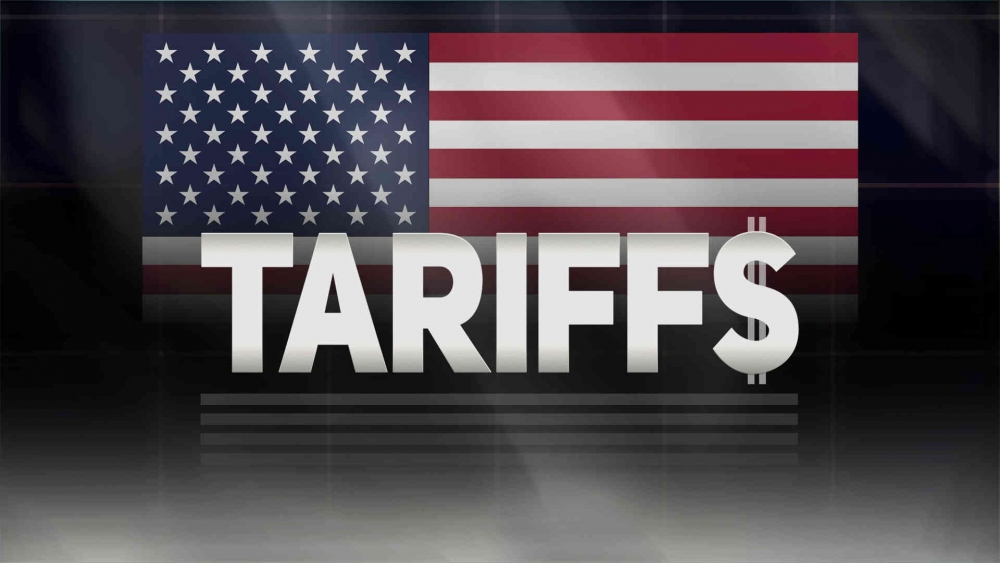 |
| Mr. Trump plans to impose tariffs on goods from Mexico and Canada. (Source: Kimt) |
Economists and agricultural executives in the US predict that prices of avocados, strawberries and other fresh produce in the country could rise next year and consumers could face supply shortages.
That will happen when Mr. Trump carries out his plan to impose tariffs on goods from Mexico and Canada.
Impact spreads across all fields
Canada and Mexico are the top two suppliers of agricultural products to the world's largest economy, with agricultural imports totaling nearly $86 billion last year, according to data from the US Department of Agriculture (USDA).
As a result, economists say, imposing tariffs on food products from these two countries could have financial and operational spillover effects on US supplies.
This also shows Washington's dependence on agricultural products from these two neighboring countries.
On November 25, Mr. Trump announced that he would sign an executive order on his first day as US president (January 20, 2025).
Specifically, he will impose a 25% tax on all products imported into the US from Canada and Mexico to limit the flow of illegal drugs and illegal immigrants into the US.
Lance Jungmeyer, president of the American Fresh Produce Association, said consumers would feel the impact of the tax as grocery stores and restaurants ran out of products.
“We’re going to see fewer items at the produce counter,” he said. “Restaurants are going to have to reorganize their menus in ways that use fewer fruits and vegetables or reduce portion sizes.”
Meanwhile, the USDA revealed that about two-thirds of all vegetables and 50% of fruits and nuts imported by the US come from Mexico, with 90% of avocados, 35% of orange juice and 20% of strawberries.
Avocado exports to the world's largest economy have jumped 48% since 2019, as consumers increasingly put avocados in salads and sandwiches, US trade data shows.
"The US market accounts for about 80% of Mexico's total avocado exports, worth $3 billion last year," the USDA said.
“The tariffs will create an inflationary spiral,” said Alfredo Ramirez, governor of the state of Michoacan, Mexico’s main avocado producer. “Demand will not decrease, but costs and prices will increase. This will push up inflation and have direct consequences for consumers.”
Sam Kieffer, vice president of public policy for the American Farm Bureau Federation, said the tariffs could also push up the price of fertilizer imported from Canada at a time when farmers are paying nearly 50% more for fertilizer than in 2020.
“Now is not the time to create shock waves in the agricultural economy,” he said.
In addition, Trump's plan could also slow the export of more than 1 million Mexican cattle to the US across the border each year, to serve Washington's beef supply.
In recent years, American producers have cut their cattle numbers, sending beef prices higher.
These farmers could benefit if the tariffs lead to fewer cattle and beef imports, said Bill Bullard, executive director of the nonprofit Ranchers Cattlemen Action Legal Fund United Stockgrowers of America (R-CALF USA).
“We look forward to the imposition of tariffs because it will help level the playing field for domestic producers,” he said.
The tariffs could also disrupt shipments of beef, dairy and pork between the US and Canada and could impact producers in both countries.
| “Donald Trump is willing to tweet out threats of tariffs, often in the evening, after watching Fox News. But in the end, those tweets usually go nowhere!” - expert Lincicome. |
America also "got shot"
According to the latest USDA forecasts, the US could have an agricultural trade deficit of more than $42 billion by 2025, partly due to consumer interest in off-season produce and imported wine from Mexico.
Peter Tabor, a lawyer and senior policy adviser at Holland & Knight and a former USDA trade official, said Trump's threat to impose tariffs could be a way to gain leverage with Mexico and Canada in renegotiating the U.S.-Mexico-Canada (USMCA) trade agreement, which is scheduled to be reviewed in 2026.
However, Mr. Tabor affirmed that the world's largest economy imposing increasing tariffs over time could be seen as an unreliable trading partner and importers of US goods would look for alternative sources of import from other countries.
Not only will American consumers feel the impact of the tariffs, but American businesses operating across borders will also be affected.
“I don’t think people fully understand how integrated the North American supply chain is,” said Scott Lincicome, a trade expert at the CATO Institute.
For example, in the US auto manufacturing industry, some parts such as car seats may be manufactured overseas before finally being assembled into a US-made car.
“That kind of seamless trade would be completely threatened by a 25% tariff, thus harming many American manufacturers and workers,” he added.
The old "trick" is familiar and goes nowhere?
Under US law, the president has broad authority to impose tariffs. Tariffs are a tactic the 47th president has used in the past.
Mr. Trump has imposed tariffs on many imports during his first term, often after lengthy reviews by the Commerce Department or the U.S. Trade Representative.
However, the new White House chief has made more threats about tariffs than he has actually delivered.
“Donald Trump is willing to tweet about tariffs, often in the evening, after watching Fox News,” Lincicome said. “But those tweets usually don’t go anywhere.”
Source: https://baoquocte.vn/ong-trump-dung-chieu-cu-voi-mexico-va-canada-mot-loi-de-threat-khong-di-den-dau-my-cung-dinh-don-295463.html



![[Photo] National Assembly Chairman Tran Thanh Man attends the ceremony to celebrate the 1015th anniversary of King Ly Thai To's coronation](https://vstatic.vietnam.vn/vietnam/resource/IMAGE/2025/4/13/6d642c7b8ab34ccc8c769a9ebc02346b)
![[Photo] National Assembly Chairman Tran Thanh Man attends the Policy Forum on Science, Technology, Innovation and Digital Transformation](https://vstatic.vietnam.vn/vietnam/resource/IMAGE/2025/4/13/c0aec4d2b3ee45adb4c2a769796be1fd)

![[Photo] Prime Minister Pham Minh Chinh chairs the Government's special meeting on law-making in April](https://vstatic.vietnam.vn/vietnam/resource/IMAGE/2025/4/13/8b2071d47adc4c22ac3a9534d12ddc17)

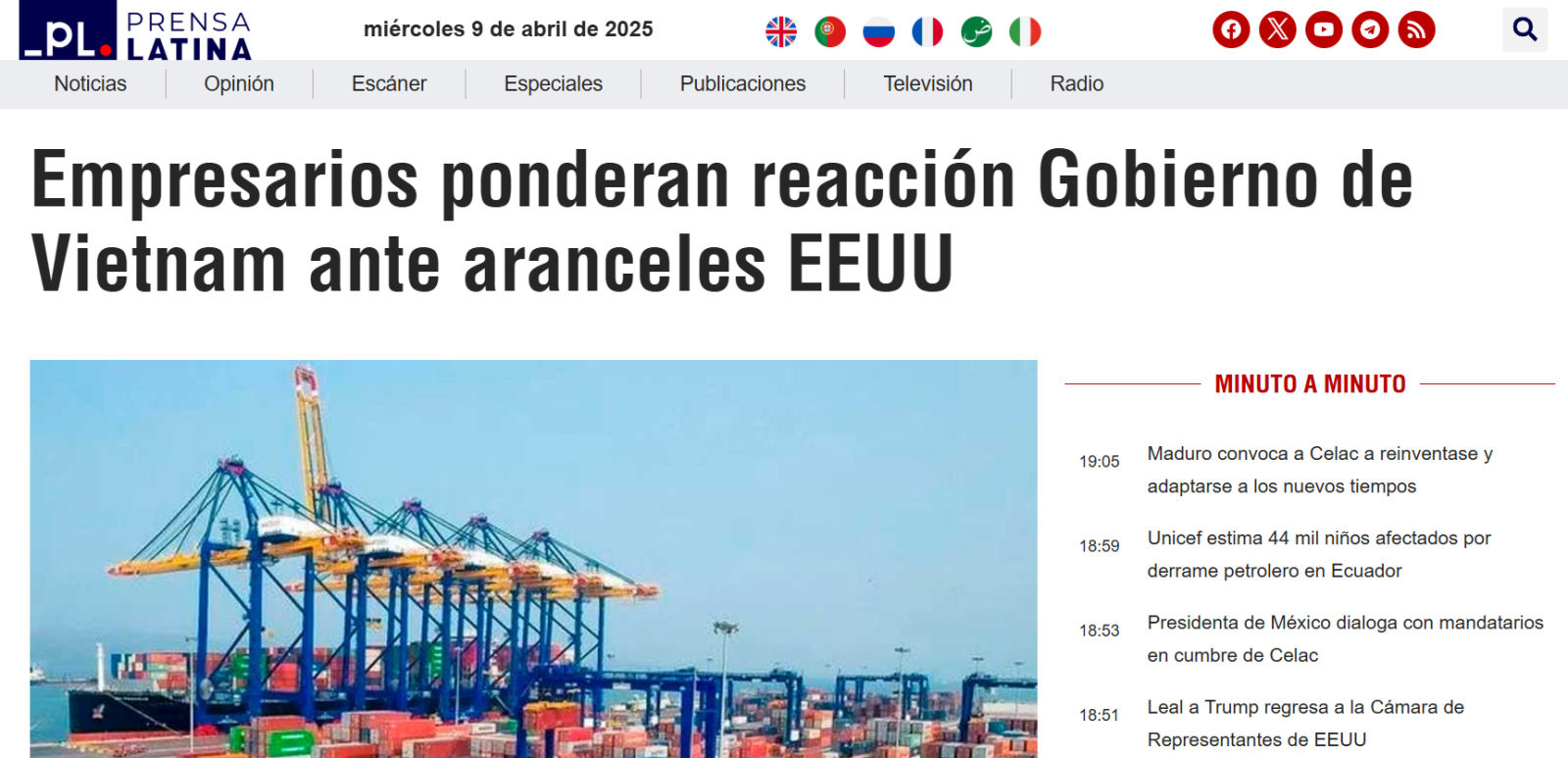



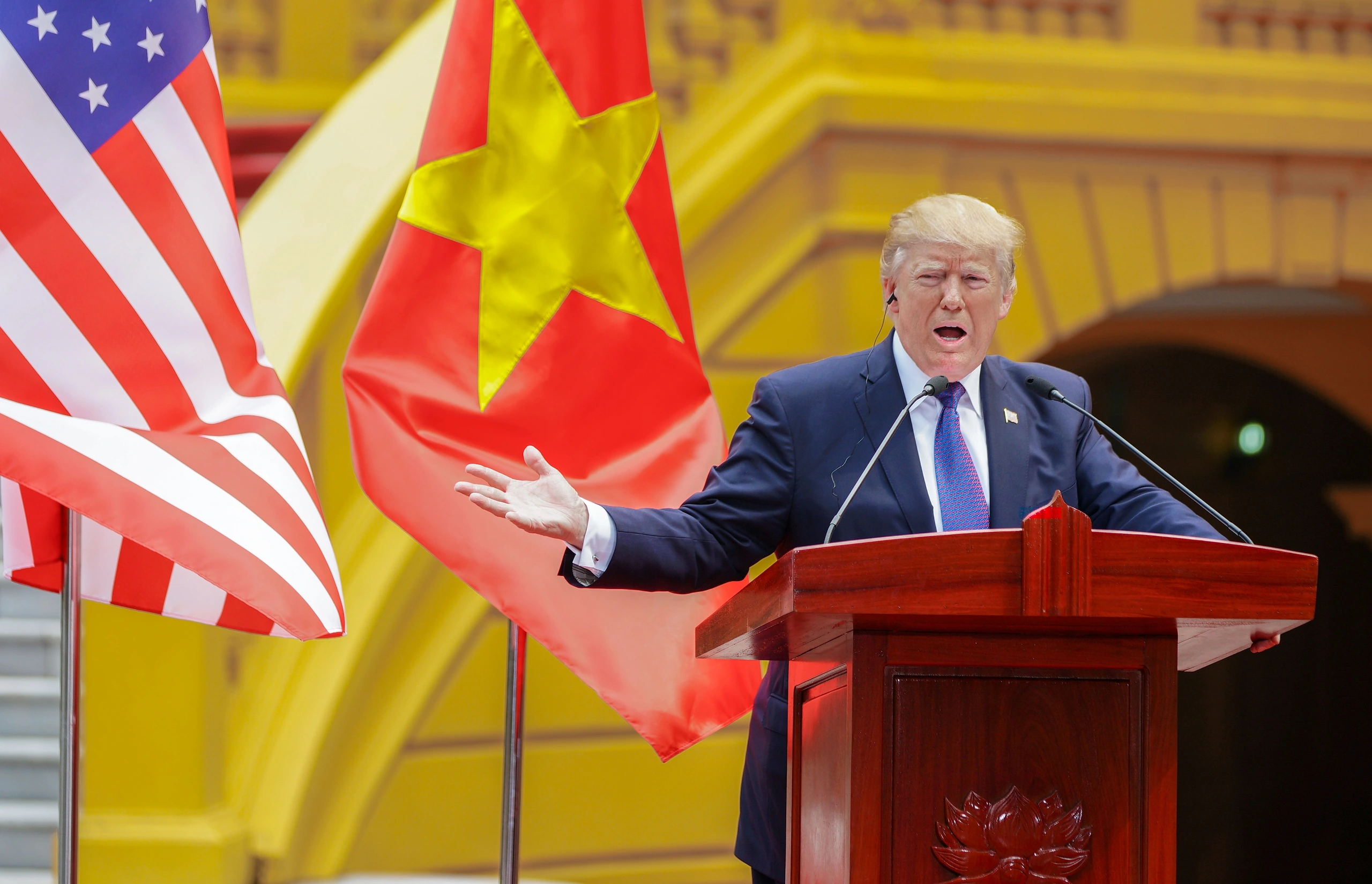



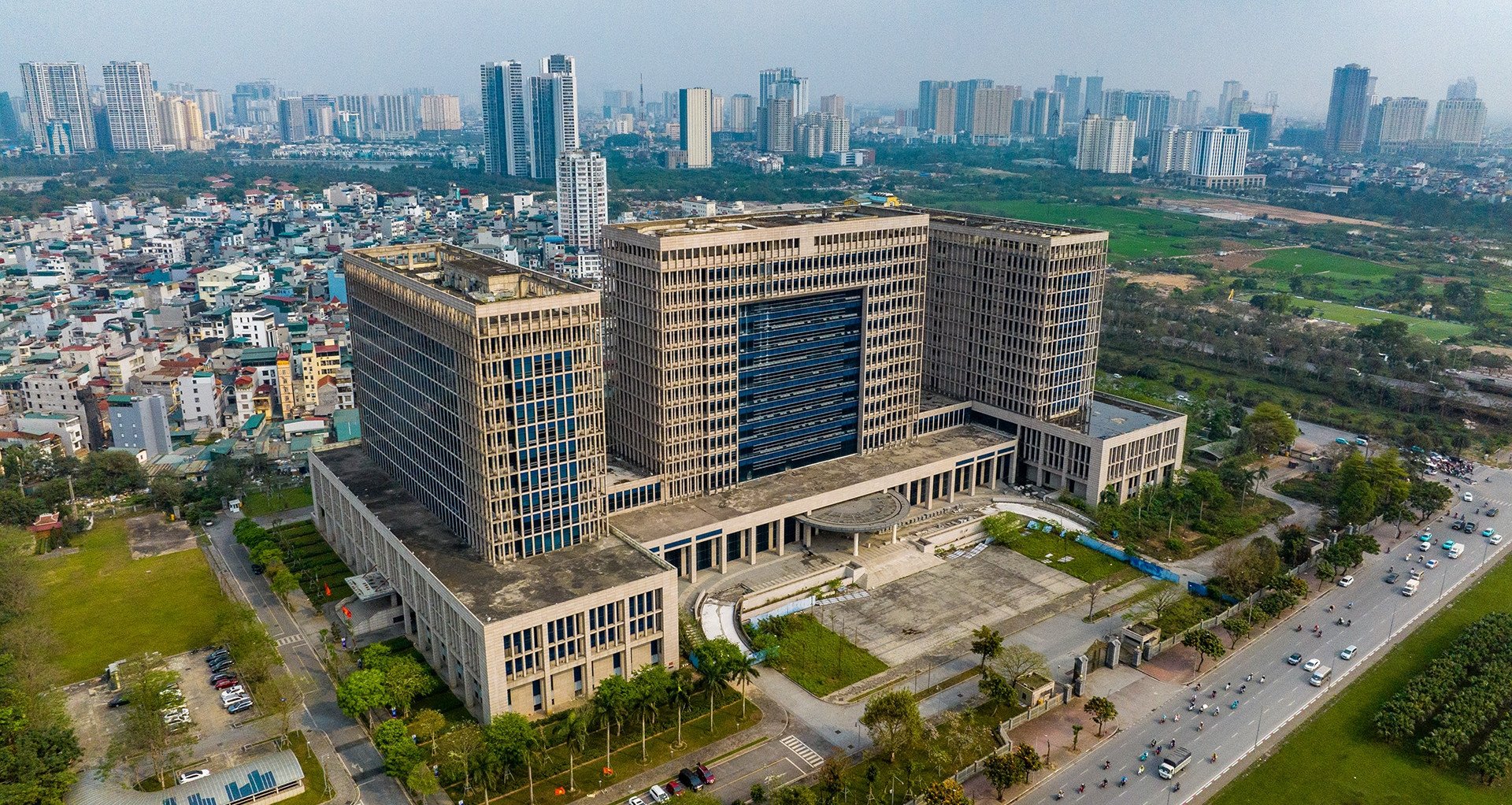






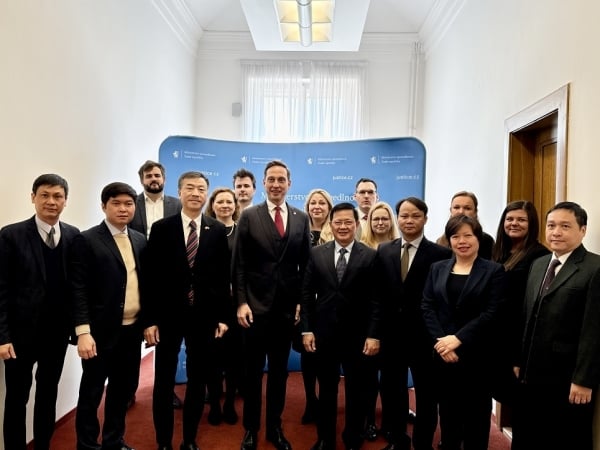


























































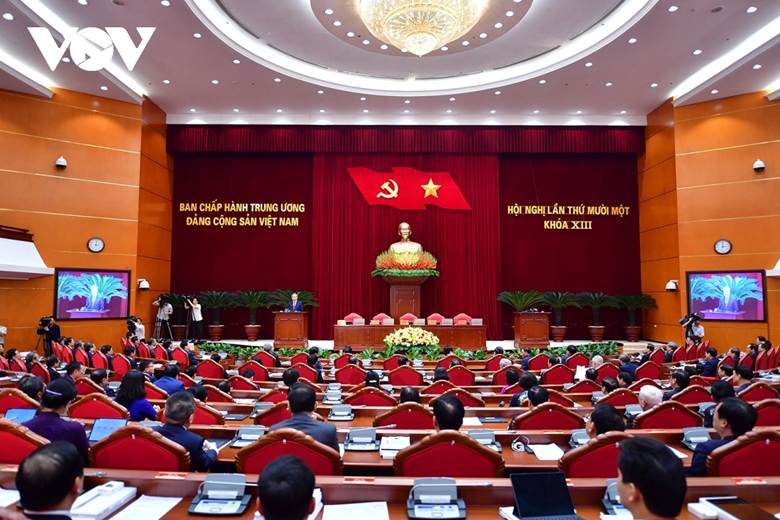















Comment (0)